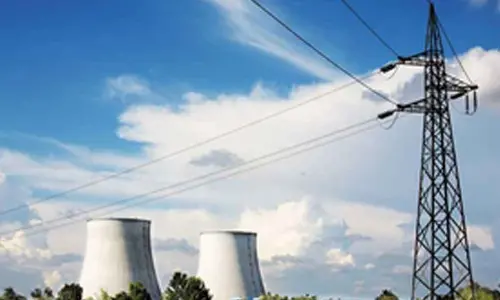National Pension Scheme: Everything you need to know

Another biggest attraction for investment in NPS other than the taxation is cost of investment being the lowest or cheapest across all forms of investments like MF, ULIP
The National Pension Scheme (NPS) was initiated by the Govt. of India as a voluntary retirement savings option to enable the citizens an easy and convenient way to provide themselves for the sunset years. This is a contributory pension scheme for the subscribers under the Pension Fund Regulatory and Development Authority (PFRDA) which operates under the jurisdiction of ministry of Finance. NPS is like the EPF (Employee Provident Fund) and PPF (Public Provident Fund) in the tax treatment i.e., EEE (Exempt-Exempt-Exempt) model.
The NPS comes with two different accounts viz., Tier-I and Tier-II. The Tier-I is a mandatory retirement savings fund which is locked till age 60. All contributions are subject to restricted withdrawals and could also claim tax benefits (according to the prevailing sections) for the contributions done towards it. A minimum initial contribution and subsequent minimum contribution of Rs 500 is allowed for this account while a minimum contribution of Rs 1000 per financial year is mandatory.
Any individual between the ages 18 and 65 should obtain a PRAN (Permanent Retirement Account Number) form any of the POP after providing the required documents. Only once the PRAN is available, could one open a NPS account.
A subscriber to NPS could opt for a choice of funds, on how the wealth could be generated upon the contributions. There are four different asset classes with acronyms as A, C, G and E. Asset class G is predominantly into government securities, class C comprises of fixed income instruments other than govt securities like corporate bonds, etc., class E consists of predominantly equity market instruments for now the larger/broader indices and class A is related to instruments that are invested in Alternate Investment Schemes like REIT (Real Estate Investment Trusts), InvIT (Investment Trusts), MBS and CMBS (Commercial Mortgage-backed Securities) and AIFs (Alternate Investment Funds).
There are two available modes of investment upon these asset classes on how the fund is distributed. Subscribers could invest a maximum of 75 per cent of their wealth or contributions into equity i.e., asset classes E till age 50 while a maximum of 5 per cent into A. This is also called as life-cycle fund as the portfolio of the NPS fund decreases its equity (asset class E) while simultaneously increasing the debt (asset class G) as the age of the subscriber increases.
The default choice is life cycle or auto choice with three life cycle funds available. LC75 or aggressive life cycle fund, allows a 75 per cent of exposure to E till age 35 and gradually reduces as per the age of the subscriber. In LC50 or moderate life cycle fund, the exposure to equity investments (E) starts with 50 per cent till age 35 and reduces subsequently as age progresses. In LC25 or conservative life cycle fund, the E portion halts at 25 per cent till age and reduces going forward.
As the very purpose of NPS is for retirement savings, the maturity or access to fund happens only at the age of 60. In case of the accumulated corpus is less than 5 lakh, the subscriber is allowed to withdraw as a lumpsum at maturity. NPS allows for a premature withdrawal i.e., before age 60 but only to a maximum of 20 per cent of the fund and the rest (80 per cent) must be consumed through an annuity.
In the unfortunate event of death of the subscriber, option is available with the nominee to receive 100 per cent of the accumulation in lumpsum. However, if the nominee wishes to continue with the NPS, they could subscribe to NPS. Moreover, another biggest attraction for investment in NPS other than the taxation is cost of investment being the lowest or cheapest across all forms of investments like MF, ULIP, etc.
(The author is a co-founder of 'Wealocity,' a wealth management firm and could be reached at [email protected])














